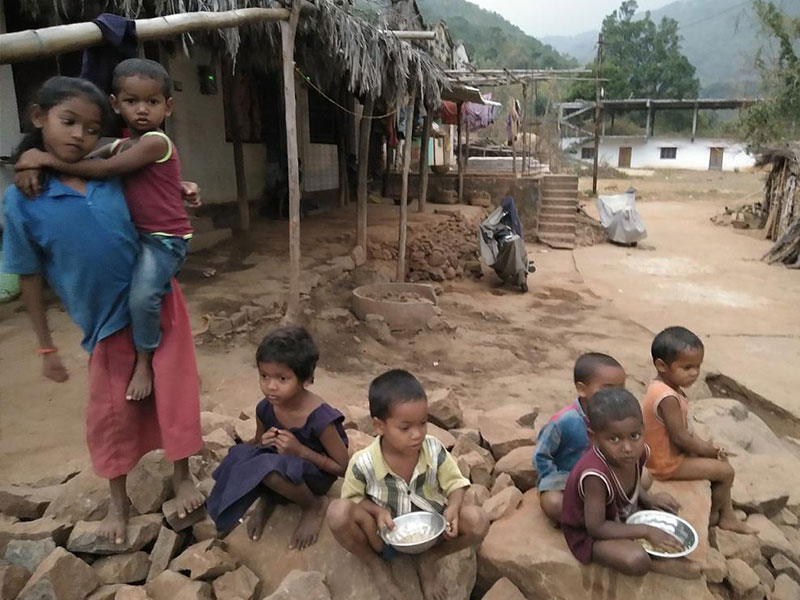The government will reconsider through a committee the criteria considered in the selection of beneficiaries for the Aswesuma Social Welfare Programme, Welfare Benefits Board sources said.
The government relief programme has been criticized by many as too liiltle and too late given the high food prices.
According to the latest released survey by the Department of Census and Statistics, the most commonly reported reason for increases in average monthly expenditure in households, accounting for 99.1 percent of replies, was an increase in food expenses.
Selected families are provided with monthly allowances varying from Rs. 2,500 to Rs. 15,000 under the Aswesuma Programme, which was launched last year.
All necessary arrangements have been made to extend benefits to 2.4 million family units starting from June 2024, he disclosed. .
Sri Lanka’s existing Samurdhi programme is to continue its broader mandate of lifting people out of poverty while the new Aswesuma scheme will concern itself with direct cash transfers to deserving people without the involvement of a third party, State Minister of Finance Shehan Semasinghe said
Additionally, Minister Semasinghe noted that approximately 7,000 individuals who were found to have received benefits based on false information have been removed from the program due to appeals and objections.
The Minister of State for Finance provided further details, stating that initially, 3.4 million family units were certified for the program’s first phase. Out of this, 1.9 million families have been deemed eligible to receive benefits.
Following the assessment of appeals and objections received, the Welfare Benefit Board is prepared to commence payments to the selected beneficiaries from July 2024.
Sri Lanka’s poverty rates continued to rise for the fourth year in a row, with an estimated 25.9% or 5.68 million of Sri Lankans living below the poverty line in 2023 with households grappling with high cost of living. World Bank’s country update report observed.
Labor force participation has also seen a decline, particularly among women and in urban areas, exacerbated by the closure of micro, small, and medium-sized enterprises (MSMEs).
Households are grappling with multiple pressures from high prices, income losses, and under employment. This has led to households taking on debt to meet food requirements and maintain spending on health and education.
The World Bank report notes: “Households have been impoverished by a fall in their purchasing power due to high inflation, losses in wages, income and employment, and a drop in remittances.”
Approximately 60 percent of Sri Lankan households, it states, have decreased incomes, with many facing increased food insecurity, malnutrition and stunted growth. The persistence of this wide-scale social devastation and misery, however, is a direct result of the IMF’s brutal social attacks.
The report indicates that labour market trends in Sri Lanka have been affected by widespread closures of micro-, small- and medium-enterprises. In the third quarter of 2023, the labour force participation rate in the urban sector dropped to 45.2 percent, down from 52.3 percent in 2019.
Youth unemployment, especially young adults (aged from 25–29), rose to 17.7 percent between the second and third quarters of 2023.







